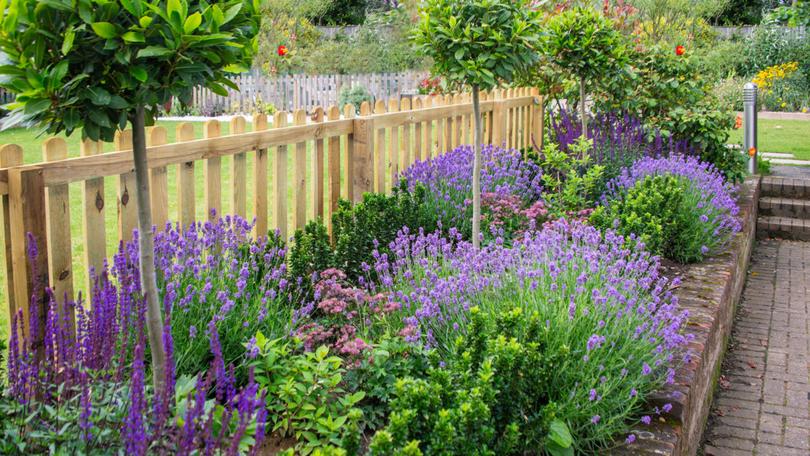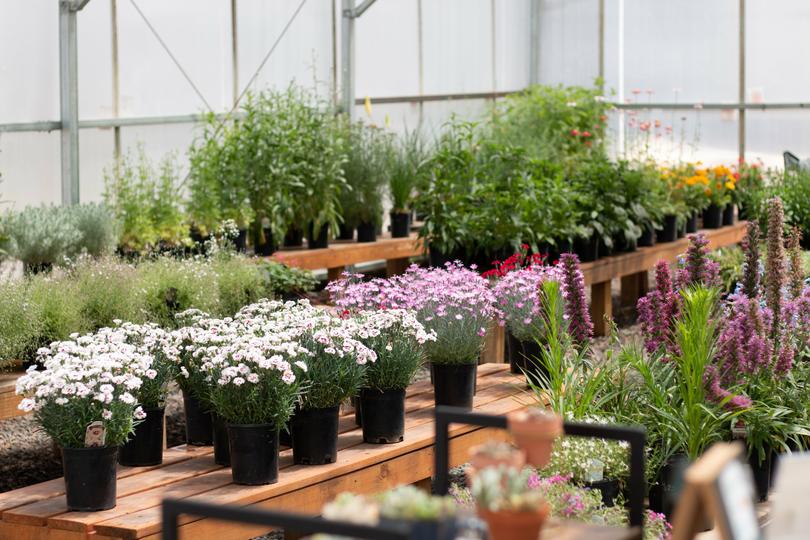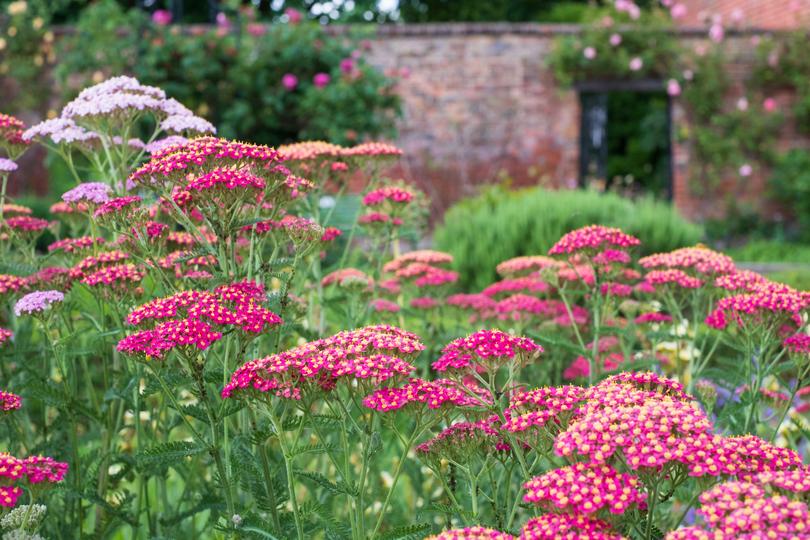Charlie Albone: Perennials in Australia get a bad rap. They shouldn’t

Predicting trends can be a tricky one.
Once a plant or style has matured and looks good, you run the risk of the trend ending — leaving you stuck with an outdated fad.
Timeless design wins every time.
Sign up to The Nightly's newsletters.
Get the first look at the digital newspaper, curated daily stories and breaking headlines delivered to your inbox.
By continuing you agree to our Terms and Privacy Policy.That said, flowering perennial plants are trending in 2024 and it’s a trend I’m happy about!
The benefits of flowering perennials are many.
Flowers look great, bring us happiness, attract wildlife, can be fragrant … I’m a fan of flowers in case you can’t tell!
Perennials are more than just flowers though; some bring a structure to the garden, others come and go with the seasons, changing shape and adding texture and dimension to our planting schemes.
Perennials in Australia get a bad rap.
They are thought of as high-maintenance, water-guzzling, ‘cottage’, ‘English’ and dare I say ‘Nanna’ plants.

As an advocate of flowering perennials let me tell you: you’re wrong.
You can have a whole garden of flowering perennials or just a few to add a burst of colour to your scheme.
They are easy to care for and drought-tolerant.
Now, here are my favourites, all of which like lots of sun and free-draining soil with compost added during the planting stage to help them establish.
Salvia has to be the No.1 easy-care flowering perennial.
It comes in a variety of sizes from the large Anthony Parker down to the smaller Pink Marvel.
The blooms range in colour from reds, crimson, purples, pinks and lilacs through to blue and even black.
This fast-growing plant will flower from mid-summer all the way through to late autumn and only requires feeding once at the beginning of spring and one mulch of compost during summer.
Come winter, new baby shoots form at the base of the plant so remove everything else, compost it and let the plant do its thing again the following year.
Echinacea or the cone flower is known for its medicinal properties, but the flower is an eye-catching marvel in the garden.
A black cone at the centre of the flower with colourful downward-facing petals in a variety of colours can set a garden bed alight.
Once the petals fall from the plant in late summer the cone will add a sculptural look to the garden and can be left over winter before removing it.
In cooler zones it will be completely herbaceous, dying down to nothing but dirt. In the warmer zones, remove any leftover foliage at the end of winter to promote new growth.
Perovskia or Russian sage is a cousin to the Salvia and has a light silvery foliage that helps break up the bulk and dominance of other flowering plants.
The blooms are small and on spires with a beautiful delicate blue tone that add a breeziness to a composition.
I like to plant this amongst darker green shrubs such as Raphiolepis.
The contrast really pops.
You can prune Russian sage after flowering but remember to keep it loose to maintain the airiness it brings.
Achillea is another carefree perennial that will bloom all through the warm months.
The only thing this plant doesn’t like is waterlogged soils.
The blooms come in all the warm tones and it’s the yellow ones I love to add to the planting palette.
The flowers are somewhat rigid to the touch and are like giant landing pads for flying insects.
As it’s a smaller perennial it’s best towards the front of a garden bed, so it doesn’t get lost.
To promote new flowers simply cut the old ones off as low on the plant as you can.

Geraniums or pelargoniums have been extensively bred due to their hardiness and willingness to produce lots and lots of colourful flowers.
I find the Big series (Big red, Big white, Big pink etc) some of the hardiest and easiest to grow and propagate.
These can be used in a hanging basket, a pot, or sprawling at the front of a garden bed.
For reliable blooms, deadheading will only give you more flowers to enjoy.
